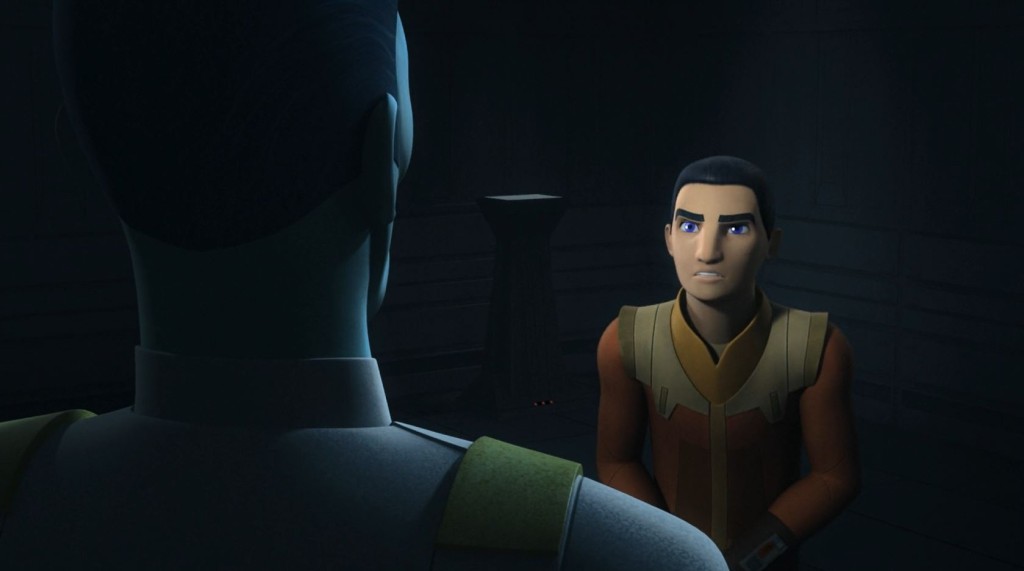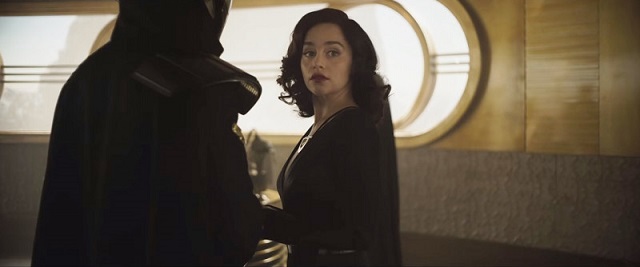This piece contains major spoilers for The Rise of Skywalker. Like, all of them, probably several times over. Proceed accordingly.
Mike: Well, that happened.
I anticipated that my piece on The Rise of Skywalker two days ago would likely serve better as a semi-conclusive statement on the sequel era than something I forced myself to stay awake for in the aftermath of the movie, so instead of tackling this reaction piece single-handedly I invited the whole staff to weigh in with their first thoughts—but some quick ones from me first, because I’m in charge.
My friend Pearl and I both loved The Force Awakens, but we had absolutely polar reactions to The Last Jedi, and we’ve been arguing about it for two years, and will probably keep arguing about it forever because we’re like that. What I kept thinking during my first viewing of Rise tonight was that the movie felt precision-calibrated to make both of us, despite the separate universes we’ve been living in, equally happy—or at the very least, minimize our unhappiness at all costs.
Palpatine’s alive, but kind of not. Rey’s parents were nobody, from a certain point of view. Rose is there, but she doesn’t do much. There’s a gay kiss, but not the one people wanted. There’s a Reylo kiss, but it’s quick and vague and then he drops dead. Chewie dies and comes back. Threepio “dies” and comes back. There are porgs, but just barely. Hux goes rogue, but just barely. And on, and on—J.J. Abrams seems to screamingly, desperately want to make as many of us as happy as he possibly can, and if it required smothering logical and thematic coherence with a pillow, he was just the guy to do it.
But the thing is, superficial enjoyment is Abrams’s number one skill—and I’m honestly not saying that in a critical way, he’s really good at it. TFA definitely has a much, much easier lift than this thing does, but it’s got superficial enjoyability leaking out of every frame—and when it’s dumb, it’s just as dumb as Rise is. So I find myself in a weird position where I’m intellectually cynical but emotionally content, because a surprise acid trip that ruined your plans for the evening is still an acid trip, and chemically, it’s got you.
Read More


